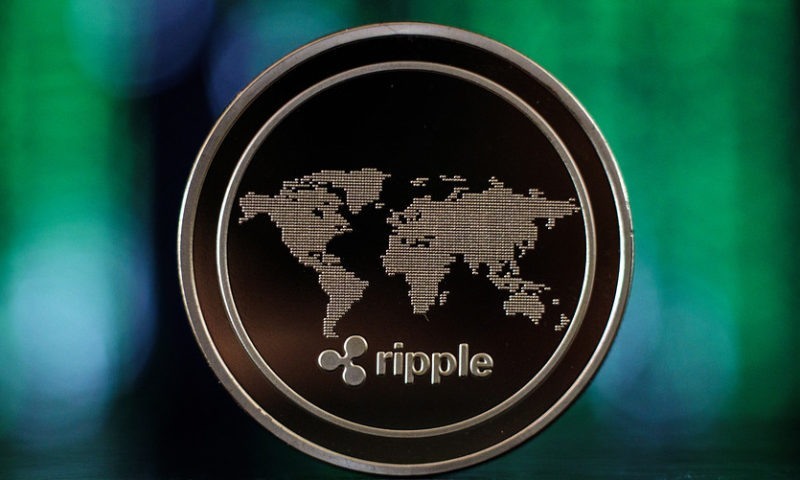When did Ripple Come out?

It is an undeniable fact that the Bitcoin White Paper, published on October 31, 2008, had an enormous impact on people. It didn’t take long for this technology to spread after we were introduced to it for the first time. In a short period of time, new crypto coins began to emerge, seeking solutions to different problems. The most important of these is Ripple (XRP).
The Emergence of Ripple
We can understand the reasons for the emergence of cryptocurrencies like altcoins and Ripple by looking from a different perspective. In fact, Blockchain technology lies at the heart of all of them. Although Bitcoin Blockchain is accepted and provides solutions to fundamental problems, it is evident that it has had several problems in its ecosystem to date. All other altcoins developed after Bitcoin have been created to find solutions to these problems. Thanks to the new features in their code, they tried to surpass Bitcoin.
Some of them succeeded in their goal, but many of these altcoins, with a total number exceeding thousands, have failed. Some altcoins, on the other hand, claim to have found solutions to some of the problems on Bitcoin. In addition, as Bitcoin mining became more difficult over time, miners found it logical to invest in these coins. Thus, it resulted in the emergence of a new market.
In this article, we will talk about Ripple’s (XRP) own solutions to these problems.
What is Ripple?
This altcoin, which claims to be a global payment network, seems to have solved some of the problems mentioned above. Focusing on banks and financial institutions, Ripple aims to facilitate corporate payments. International payment and money transfers are serious problems in the trading world where trade is developing rapidly and intercontinental trade can be provided very easily. This is exactly where Ripple comes to rescue, providing solutions to these problems. Ripple is capable of running very fast cross-border operations at very low costs.
The most important difference that separates Ripple from Bitcoin is that it cannot be mined. The Ripple network uses a certain number of XRP tokens produced by the developers on the blockchain. XRPs used as transaction costs are deleted from the system. So, the amount of XRP on the blockchain decreases as it is processed.
Ripple’s Differences from Bitcoin
Financial institutions within the Ripple network can transfer money to each other for very low fees.
Transactions on the Ripple network are as cheap as 1/3000th of Bitcoin blockchain. This means that a person who transfers money with Bitcoin will pay 3000 times more than a person who transfers with XRP.
While the values transfer on the Ripple network takes 5-10 seconds, this process ranges from 20 minutes to 1 hour on the Bitcoin network.
International transfers between banks and financial institutions take almost 3-4 days and costs are very high. It can be said that Ripple provides a solution at this point.
The transactions performed on the XRP network can be viewed at any time by the buyer and the seller. Transactions that take place in a short time are first posted and then processed to the users’ account.
Akbank-Ripple Agreement
Companies using the Ripple network can perform low-cost sales and company payments. So far, many banks and financial institutions have been integrated into Ripple to make international payments easier and make improvements in this direction. In fact, 15 of the world’s 50 largest banks are known to use Ripple. Akbank became the first Turkish bank to cooperate with Ripple.
Investment information, comments and recommendations contained herein are not included in the scope of investment advisory. Therefore, making an investment decision based solely on the information and comments contained herein may not produce results that are in line with your expectations.

